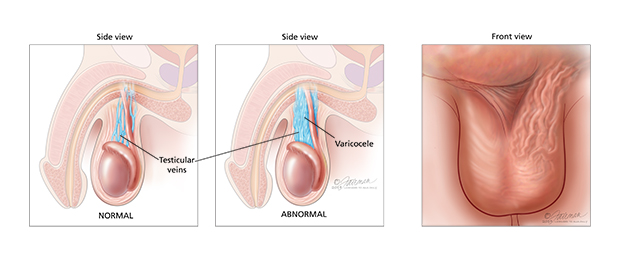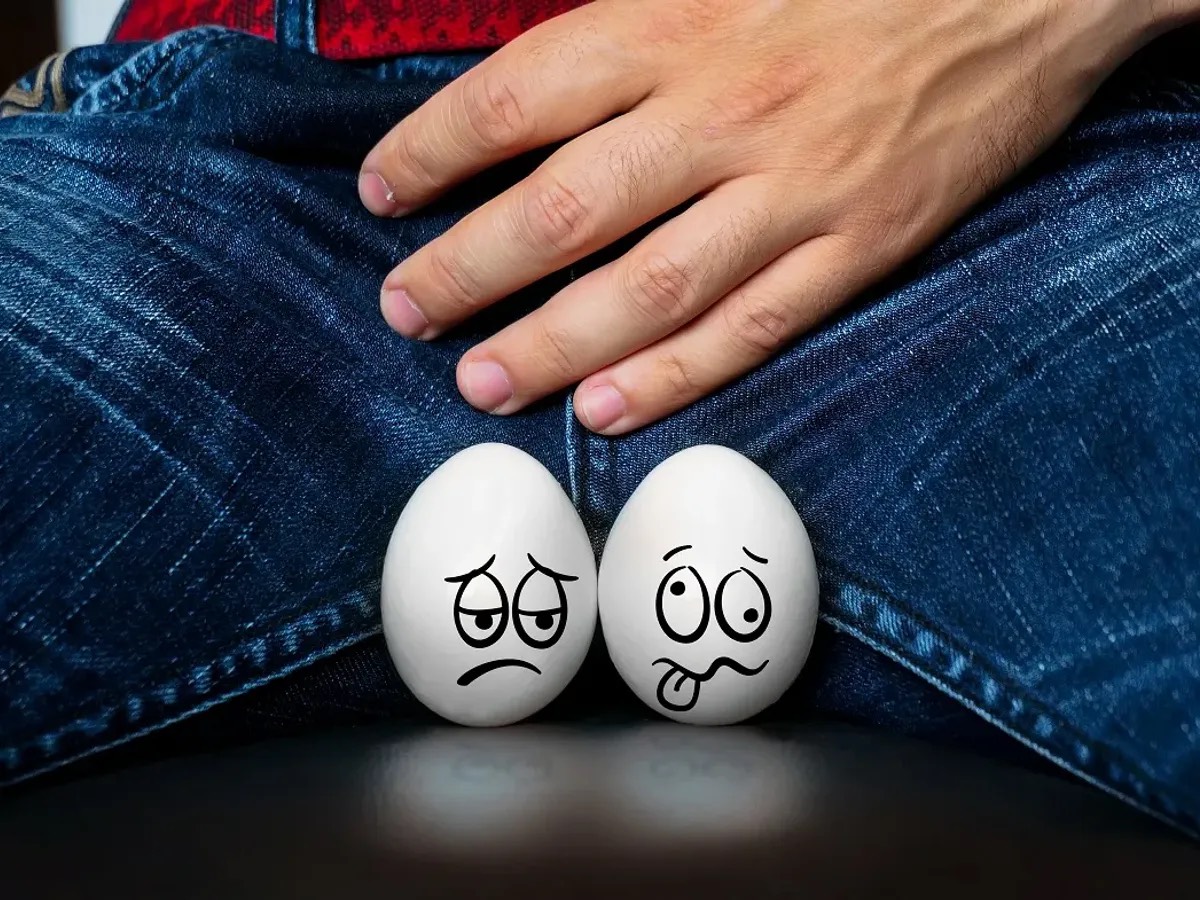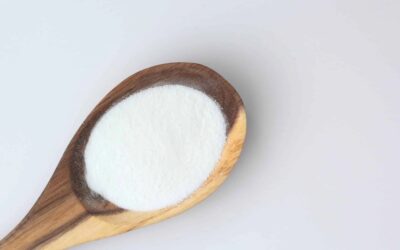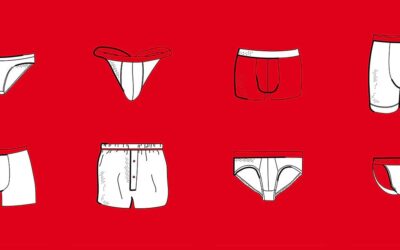Varicocele is a medical condition characterised by the enlargement of the veins in the scrotum. These veins are known as the Pampiniform plexus, and when they become dilated or swollen, they can form varicocele.
A varicocele is when veins become enlarged inside your scrotum (the pouch of skin that holds your testicles). These veins are called the pampiniform plexus. Out of 100 males, 10 to 15 have varicocele. It is like getting a varicose vein in your leg.
Varicoceles occur when the pampiniform plexus veins in the scrotum become enlarged.
These veins are like varicose veins (twisted, swollen veins found in the leg). Varicoceles form during puberty. They can grow larger, and you may notice them more over time. Varicoceles are more common on the left side of the scrotum. This is because the male anatomy is not the same on both sides. Varicoceles can exist on both sides at the same time, but this is rare. About 10 to 15 boys out of 100 have a varicocele.
Most of the time, varicoceles cause no problems and are harmless. Less often, varicoceles can cause pain, problems fathering a child, or cause one testicle to grow slower or shrink.
What happens normally?
The male reproductive system makes, stores, and moves sperm. The scrotum is the sac of skin that holds the testicles (testes). Sperm and the hormone testosterone are made in the testicles and sperm mature while moving through a coiled tube (the epididymis) behind each testicle.
Sperm travel to the prostate from each epididymis through a tube called the vas deferens. When you ejaculate, seminal fluid mixes with sperm in the prostate to form semen. The semen travels through the urethra and comes out of the end of your penis.
The spermatic cord holds the vas deferens and the testicular artery, which bring blood to the testicle. It also houses the pampiniform plexus, a group of veins that drain the blood from the testicles. Testes need a certain body heat that is below our
core body heat for optimal sperm production, maturity, and function. The body heat in the scrotum is about five degrees lower than that of the belly or pelvis. The latter is due to the presence of the pampiniform plexus, which acts as a countercurrent heat exchanger, cooling blood in the testicular artery before it enters the testicles. This helps keep the testes at the body temperature needed to make good-quality sperm. When these veins become enlarged, such as in varicocele, overheating of the testes can lower sperm production and function, which may affect fertility.

What a Varicocele looks like
Causes
There may be many causes of varicoceles.
- The valves in the veins may not work well (or may be missing).
- If blood flow is sluggish, blood may pool in the veins.
- These can cause back flow of blood and result in the veins becoming enlarged and twisted
- Rarely, swollen lymph nodes or other masses behind the belly block blood flow. This can lead to sudden swelling of the scrotal veins. This is often painful.
Are varicoceles common?
This condition is quite common; 15% of males develop varicocele by the time they reach adulthood, and about 40% of infertile men have varicocele. This is why it is important to check if there is a poor sperm analysis.
Diagnosis
Varicoceles are often found through self-exam of the scrotum They have been described as a “bag of worms” because of how they look and feel.
A typical diagnosis is made through a physical examination by your GP or urologist. The enlarged veins may be palpable when the man is standing. An ultrasound scan can be used to confirm the diagnosis and assess the severity of the condition
Symptoms
They are often asymptomatic, with no noticeable symptoms.
Some men may experience discomfort or pain in the scrotum, especially after prolonged periods of standing or physical activity.
High testicular temperature caused by the varicocele can affect sperm production and
quality.
Treatment
If it’s not causing any discomfort or fertility issues, then no treatment is recommended
Surgery:
The operation takes about 20–40 minutes under general anaesthesia. The varicocele is removed using open or laparoscopic (keyhole) surgery, or embolisation. The surgeon or urologist will give you advice on which technique is
suitable for you. Read more
Non-surgical treatments
However, The Male Fertility Clinic does encourage a few non-surgical treatments to improve your fertility if you’re suffering from varicocele:
- Changing your diet to a fertility-friendly one, including lean meat, greens and omega-3
- Home remedies high in antioxidants or horse chestnut extract
- Kegel exercise, also known as pelvic floor exercise, involves repeatedly contracting and relaxing the muscles that form part of the pelvic floor.
Information from: urologyhealth.org






0 Comments